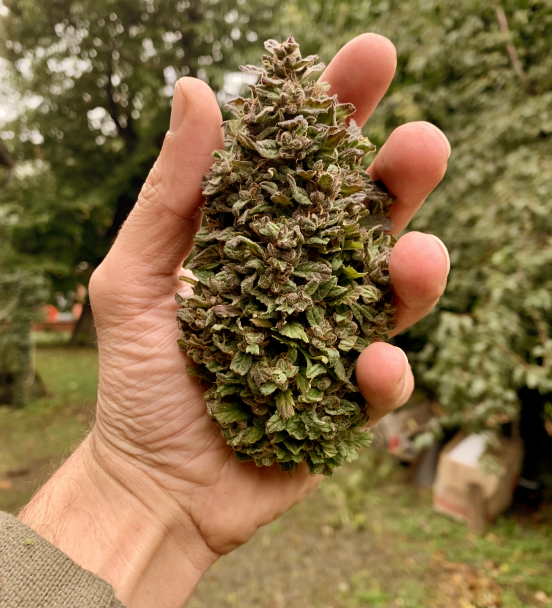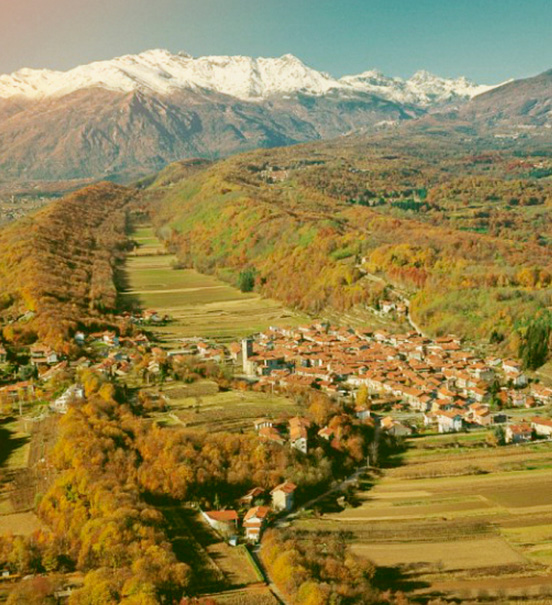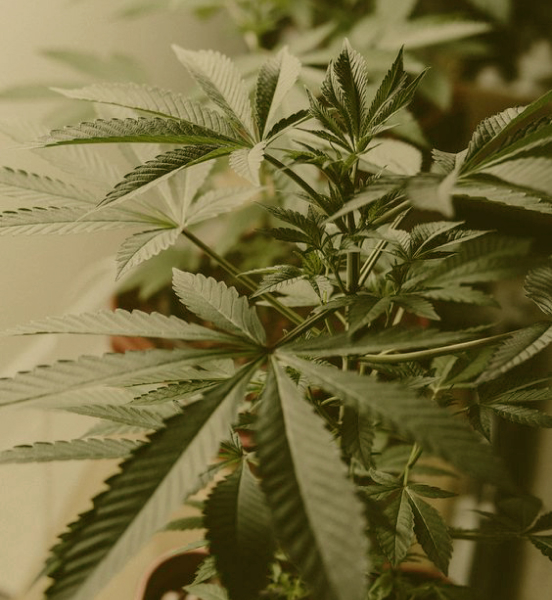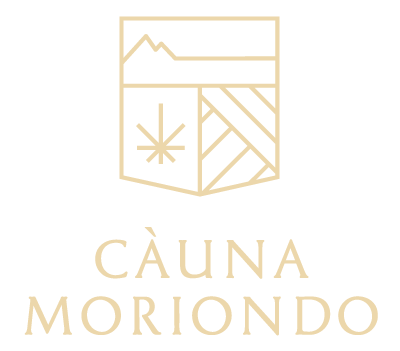Hemp has a long history in Italy, where it was already cultivated in Roman times, especially in the northern regions such as Piedmont. In ancient Piedmontese dialect, hemp was called ‘Càuna’.
This term has its origins in Piedmontese peasant culture, where hemp played a fundamental role. It was used to produce ropes, fabrics, paper and oils, but also as food for humans and animals. ‘Càuna’ was an almost indispensable resource, which could be found on every farm.
After harvesting, the hemp was placed in water to facilitate the maceration process that allowed the fibers to be separated from the stem. Once dried, the fibers were combed and subjected to a hackling process to become filaments for weaving. The woody part left after extracting the fibers, called ‘caglio’, could be fodder for animals or burned for lighting and heating.
Hemp seed oil was instead used in cooking, as a condiment or for the production of paints and soaps. Every part of this plant was used, demonstrating how precious it was for the rural economy of Piedmont. With the advent of more practical synthetic fibers, the use of hemp was abandoned, but today we rediscover the value of this ancient ‘càuna’.
From cultivation in Piedmont to traditional processing techniques, the history of hemp in this region is fascinating. A heritage to discover to fully understand the importance that this plant had in the past, today at the center of attention thanks to its many ecological and therapeutic uses.



